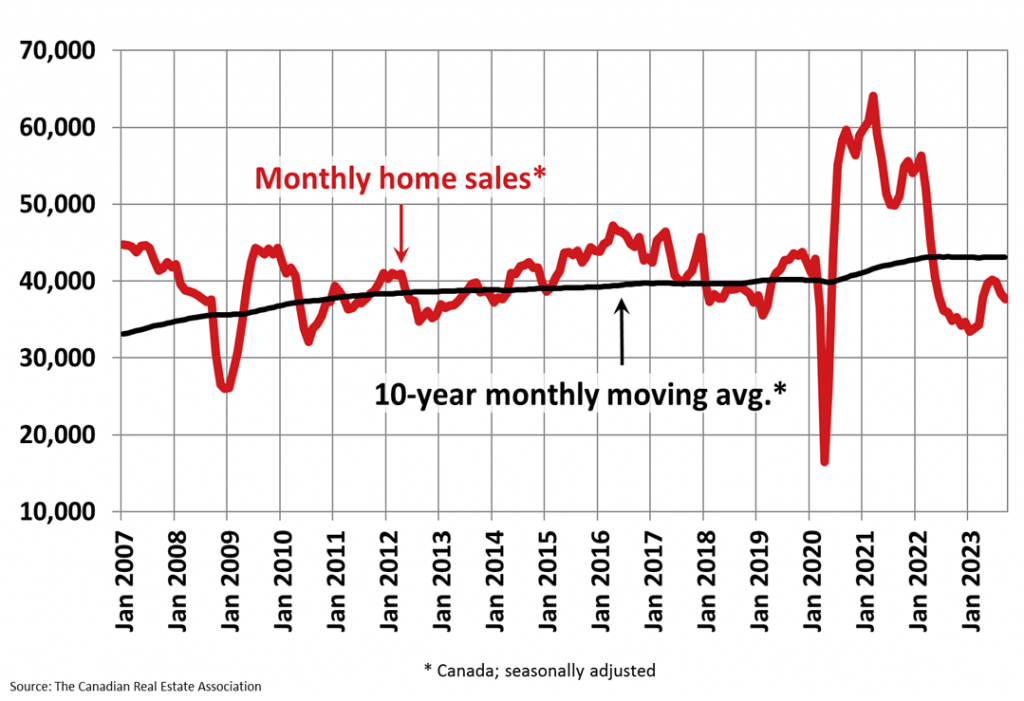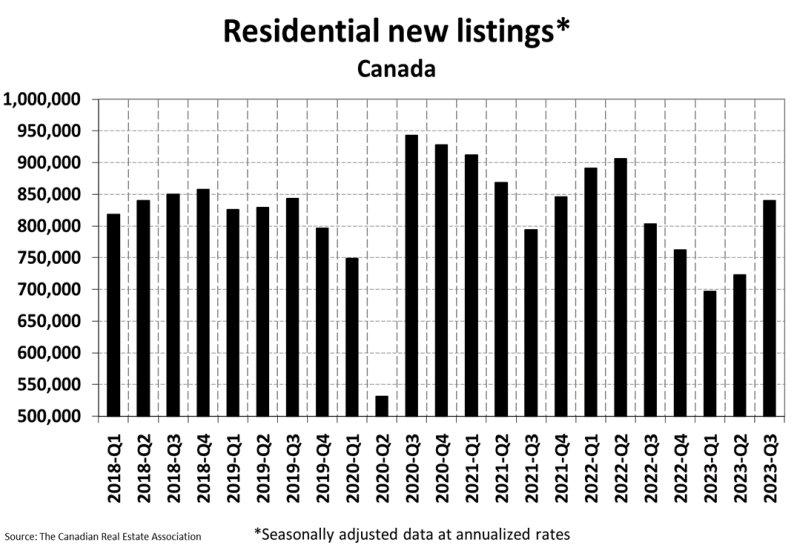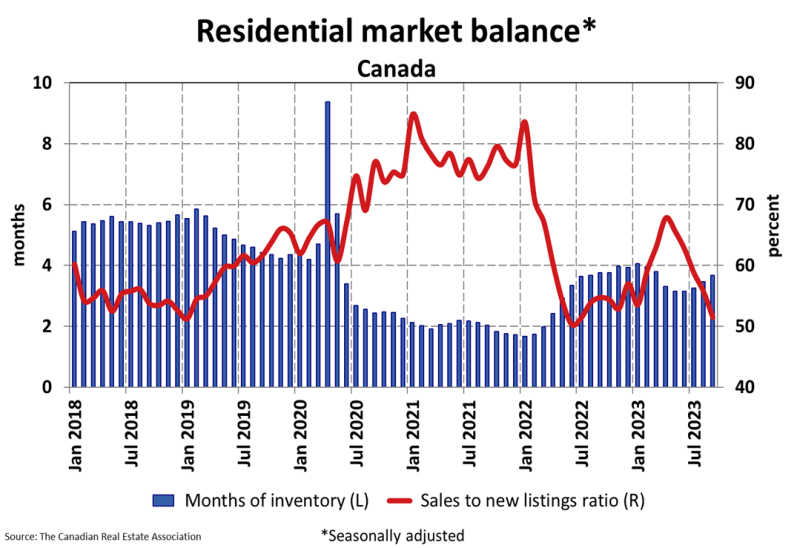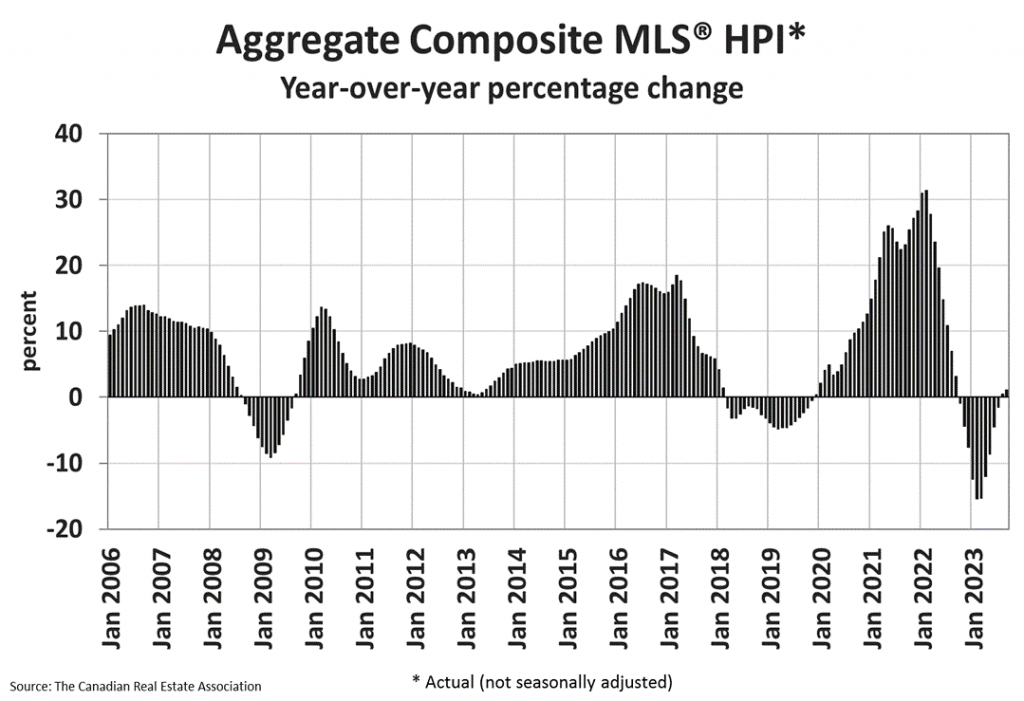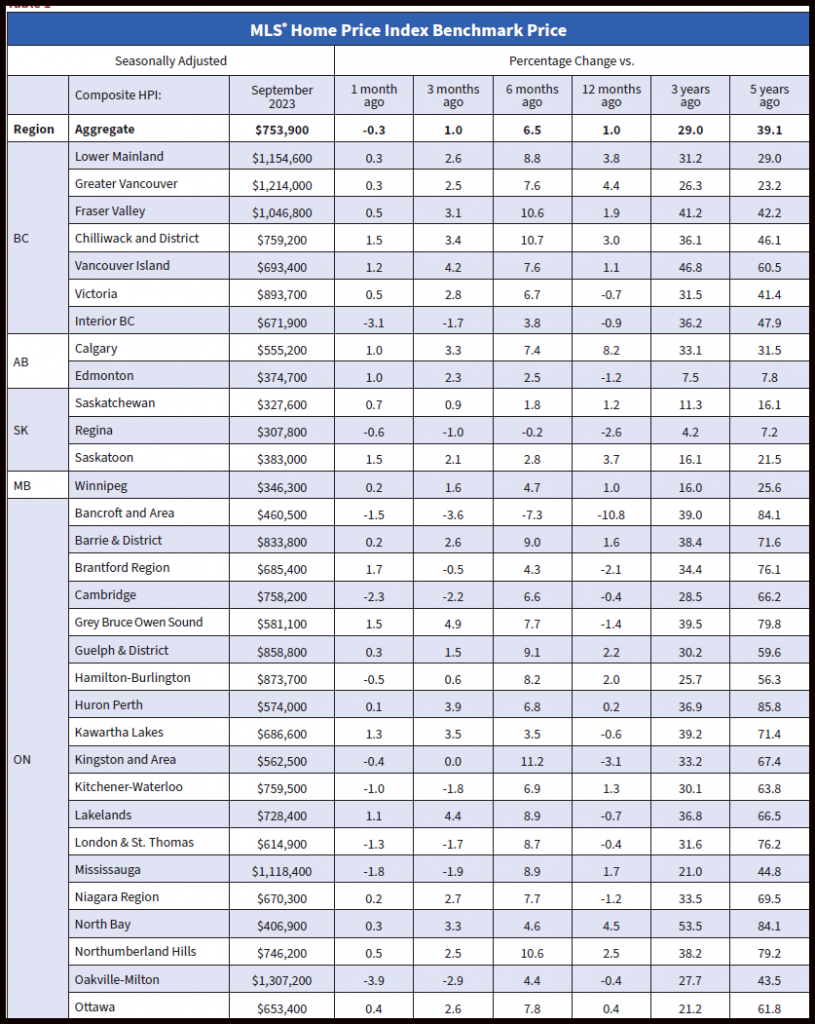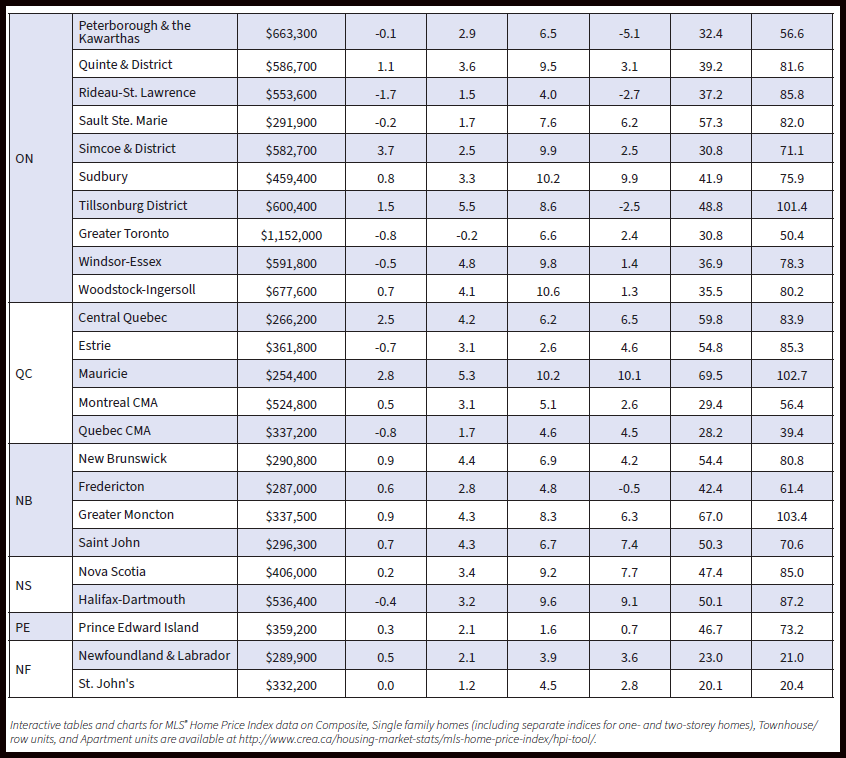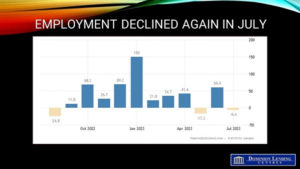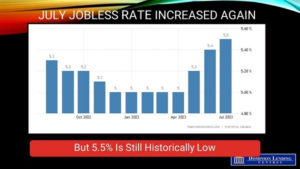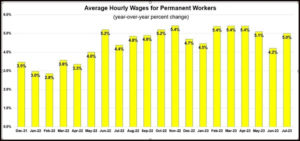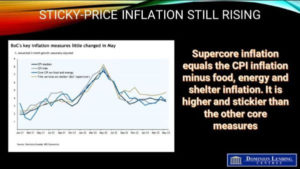Building a new home is a super exciting endeavour as you opt to create the perfect space for you and your family. However, building a home is not without its costs and potential surprises… to mitigate bumps on your homebuilding journey and avoid costly mistakes, consider the following tips:
Set a Realistic Budget
When building your own home, it is vital to be realistic about your budget and what you can afford. Making a list of wants versus needs can be a good way to determine what is required, and where you can spend extra money should your budget allow for it. When constructing your budget, don’t forget to include construction costs from materials to labour, as well as permits, inspections, landscaping and unforeseen contingencies. The contingency fund should be approximately 10-15% of your budget put aside to cover unforeseen issues or changes.
Hire Reputable Individuals
From your architect and your contractor to your landscaper and inspector, it is vital to have the right people in the right positions. This will ensure that you not only get the best advice, but experienced individuals will also help to steer you through the process and mitigate potential issues. Be sure to do your research, ask for references and ensure the individual(s) you hire are licensed and insured.
While you’re researching individuals, it can also be a good idea to get multiple quotes. While you may have a contractor you like, reaching out to other individuals can help ensure you’re getting the best rate.
Review Contracts Carefully
Read and understand all contracts and agreements thoroughly between your contractor and yourself, your designer, your home inspector, etc. Ensure that everything is in writing and that you and your builder are on the same page regarding expectations, timelines, and costs.
Make and Follow Your Plan
Once you have your budget and the right people on the project, it is time to make a plan. You must work with an architect or designer to ensure that your new home aligns with your needs, lifestyle and budget. This should also include future plans – do you want to have children? Plan on adopting a pet or two? Possibly need space for an older family member in a few years? Getting this right from the beginning will help to avoid potential changes to the plan down the line, which will reduce expansions to cost and timelines.
Choose Your Materials Carefully
Choosing to invest in energy-efficient features and materials can help you to reduce long-term utility costs. While initially, these installations may be more costly, they will work to save you money in the long run. Whenever possible, make sure these materials are also as durable as possible to ensure longevity and low maintenance requirements.
Secure the Necessary Permits
Ensure that you obtain all required permits and approvals before starting construction. One of the most important reasons to do this is to ensure that the work being done is safe, but having permits and inspections is also vital to ensure you can get insurance on your new build. Non-permitted renovations or build additions, changes, etc. can result in trouble securing insurance, on top of fines and other potentially costly issues.
Invest in Inspections
Having inspections done throughout the process of building your home can save you issues down the line by ensuring that all the installations are done correctly and safely and that your house meets the proper codes for electrical, plumbing, etc.
By taking proper steps and being proactive throughout the home-building process, you can minimize the risk of costly mistakes and ensure that your new home meets your expectations while staying within your budget.
Published by DLC Marketing Team
